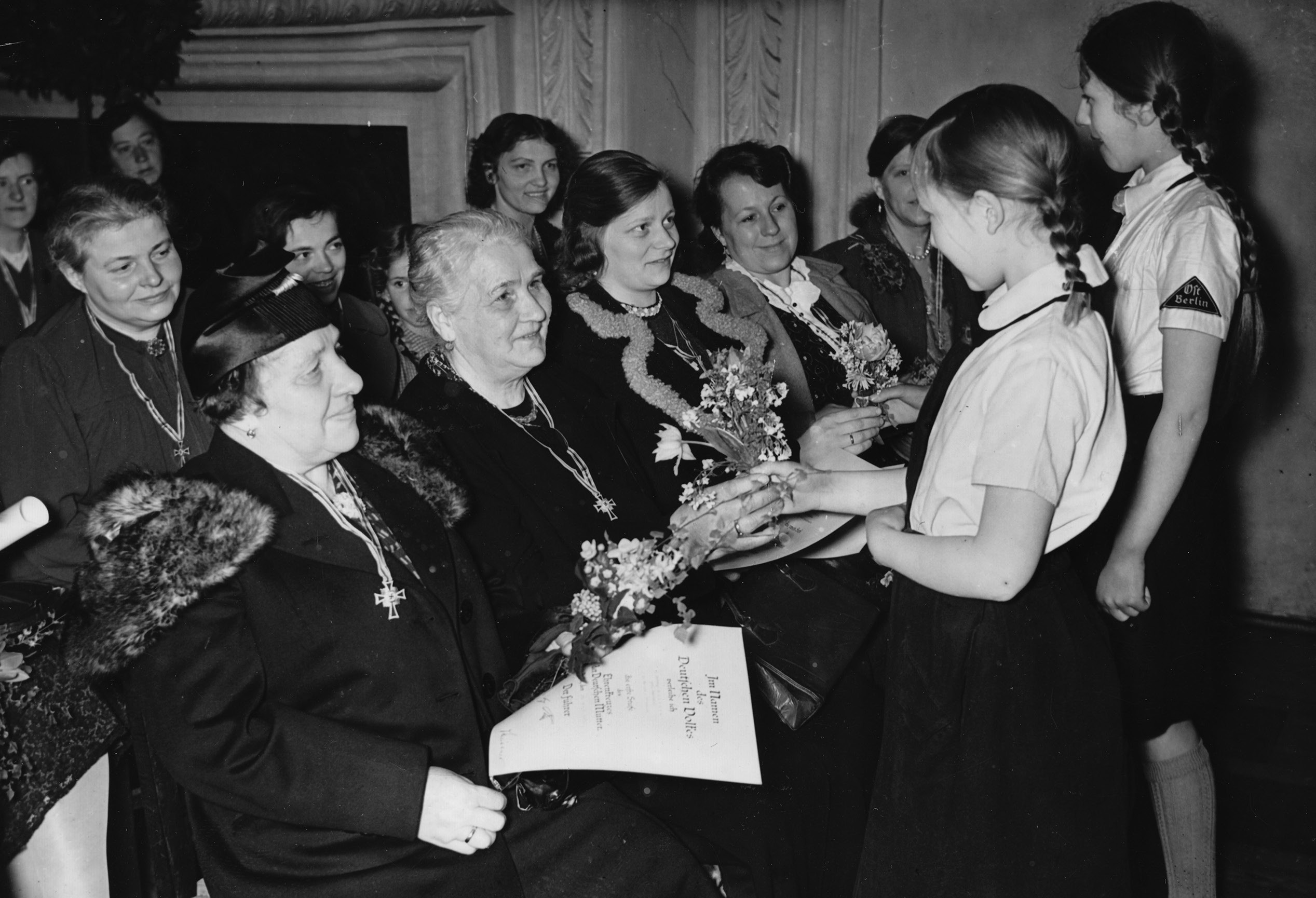
On 18 March 1933, 6 weeks after Adolf Hitler became chancellor of Germany, the Nazi Party opened an exhibition in Berlin which outlined its envisaged role for women in the Third Reich. During the previous decade, the democratic Weimar Republic had led the way in the emancipation of women in Europe — the ‘new woman’ of Weimar Germany enjoyed equal suffrage from 1918, greater opportunities in education, the workplace and politics, and more independence in wider society.
AQA Germany, 1890–1945: democracy and dictatorship
Your organisation does not have access to this article.
Sign up today to give your students the edge they need to achieve their best grades with subject expertise
Subscribe




